Virtual reality wordt steeds beter, maar ook steeds beter Duurder. HTC’s nieuwste high-end headset werd aangekondigd op CESDe Vive XR Elite volgt echter een soortgelijk draaiboek als de recente Meta Zoek Proen misschien Apple verwacht toestel ook. Het roept een vraag op: zijn we echt klaar voor de opkomst van $ 1.000 plus virtual reality-hardware? De stand-alone Vive XR Elite is gestroomlijnd en ziet er compacter uit dan de Quest Pro, en hij probeert de high-end wateren te testen.
The $1,099 headset, available for preorder Thursday, is arriving by the end of February — remarkably soon for a CES product. That means it’ll be available alongside Sony’s PlayStation 5-connected PSVR 2. While less expensive than the Quest Pro, the XR Elite’s price costs about as much as buying a PS5 and a PSVR 2 together. It’s far from an impulse purchase. But the hardware, which shrinks down the VR form to a pair of nearly glasses-like goggles and includes mixed-reality capabilities that could allow for AR apps, looks to solve how we’ll be using the metaverse for more in our lives than just games, simulation and fitness.
Read more: The Wonders of CES 2023: 3D Laptops, Wireless TV and Shape-Shifting Screens
No other company has really cracked this challenge either. But this Vive headset looks, more than ever, like it’s a stepping stone to future AR glasses.
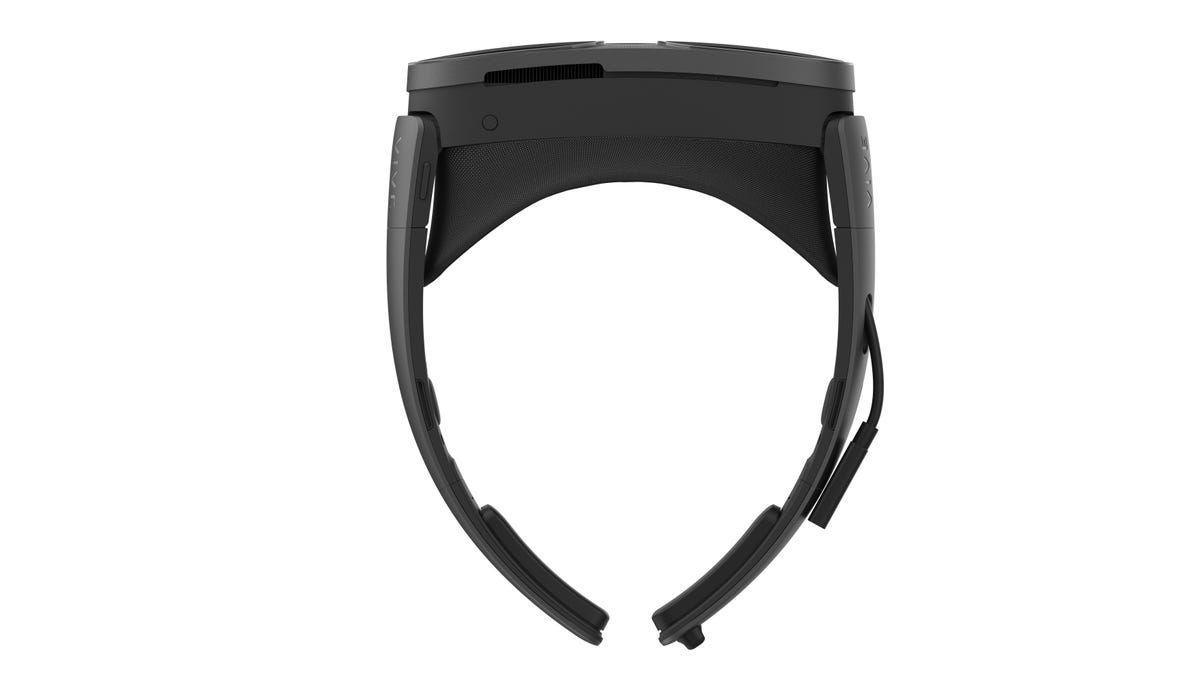
The XR Elite’s battery strap detaches, and glasses-like arms can be added on instead to reduce size further.
HTC
“We see where mixed reality is going to create a whole new suite of use cases. We know the virtual reality use cases are great. I think the AR side is amazing, too,” Dan O’Brien, HTC’s general manager of Vive, told me in a conversation at CES in Las Vegas. He acknowledged that HTC tried to make an AR device in 2015 but stopped because of the complications. O’Brien sees 5G and cloud computing as a key next step. “You need a 5G network, a really robust one to make AR go to scale — you need a cloud infrastructure to deliver to those types of wearables.”
The XR Elite is primarily a standalone VR headset, and it looks like an impressive piece of tech: It has a familiar Qualcomm Snapdragon XR2 chip much like the Meta Quest 2, Quest Pro and Vive’s existing business-focused Focus 3. But it adds a higher-resolution 110-degree field of view, LCD displays with 2K resolution per eye that can run at 90Hz. There’s also a boosted 12GB of RAM along with 128GB of storage. It can connect to PCs to run SteamVR or HTC’s VivePort software, or connect with Android phones. But its potential as a bridge to AR experiences seems like the most impressive feature.
Those are just specs, though. The XR Elite is a VR headset with a similar proposition to previous models, but with expanded capabilities. Its compact size is the most surprising part: At 340 grams, it’s less than half the weight of the Quest Pro. The rear hot-swappable battery gives about two hours of life. It gets even smaller by unclipping the back battery strap and adding glasses arms that can turn the headset into a modified pair of VR glasses, which could just plug into an external USB-C charger or battery for power. It’s small enough to fit in a compact carrying case tube.
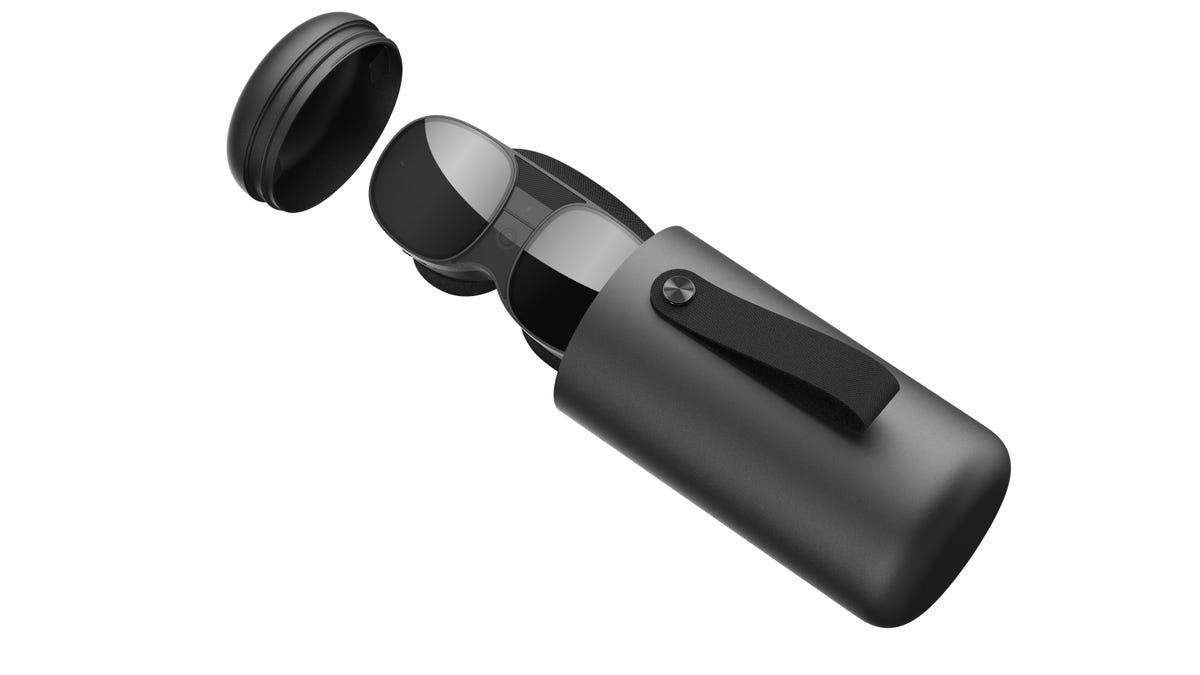
The XR Elite in its carrying case, which looks more portable than any other VR headset I’ve seen.
HTC
But that compact size comes with a twist: Instead of fitting on top of glasses, the XR Elite uses adjusting dials, or diopters, which can change the lens prescription on the fly without you needing to wear glasses at all — for some people, at least. The diopters only accommodate up to a -6 prescription, but my own vision is over -8 for nearsightedness. It’s a challenge HTC faced with its even smaller Vive Flow phone-connected VR goggles, which also went for the glasses-free approach.
The XR Elite has a dedicated depth sensor on the front, along with color passthrough cameras that can eventually show mixed reality-experiences, similar to the Quest Pro. The Quest Pro doesn’t have the Elite’s added depth sensor, but it accommodates for that with its onboard cameras.
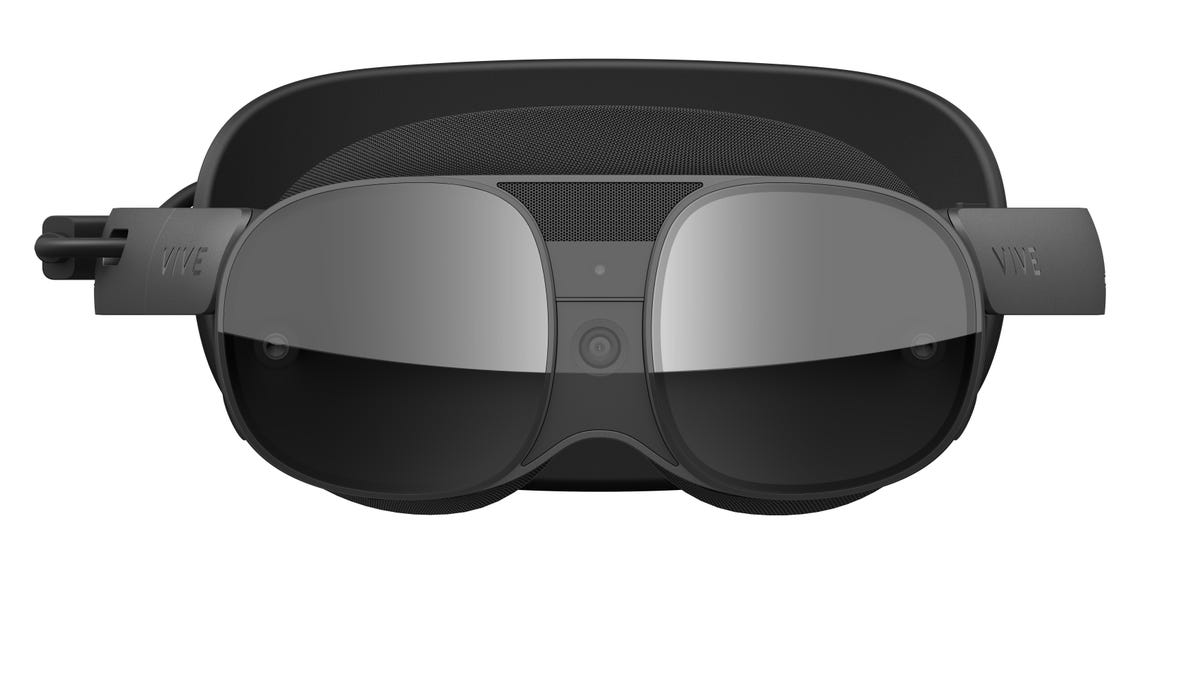
A front camera (part of an array for movement tracking), and also a depth sensor for measuring spaces and layering AR.
HTC
The XR Elite could also adapt further. While the hardware doesn’t have its own eye-tracking tools onboard, eye- and face-tracking add-ons are coming later in the year. The headset’s controllers are the same standard ones that HTC has for the Vive Focus 3, which follow the same game controller-like playbook as the Meta Quest 2 and others. But HTC already has its own line of wearable VR body trackers and wristbands, and more accessories could follow.
O’Brien acknowledges that the sticky, mass-market appeal of VR and AR aren’t here yet. “I think developers will be using cloud computing, being able to actually get their content into the metaverse much faster, and much more efficiently,” he said. “If you think about the streaming business, these streamers, these TikTokkers, all these kids that create the really compelling, fun experiences that just keep drawing you back in? That’s not in the metaverse today, We need to create more opportunities for less sophisticated immersive content creators to get involved, and then create more [of an] Economie.”
O’Brien ziet cloud computing, aangedreven door het vermogen van eye-tracking om grafische gegevens te comprimeren via een technologie die elastische weergave wordt genoemd, als een manier om uiteindelijk de processors op toekomstige headsets te verkleinen, ze kleiner te maken en meer mensen te laten passen.
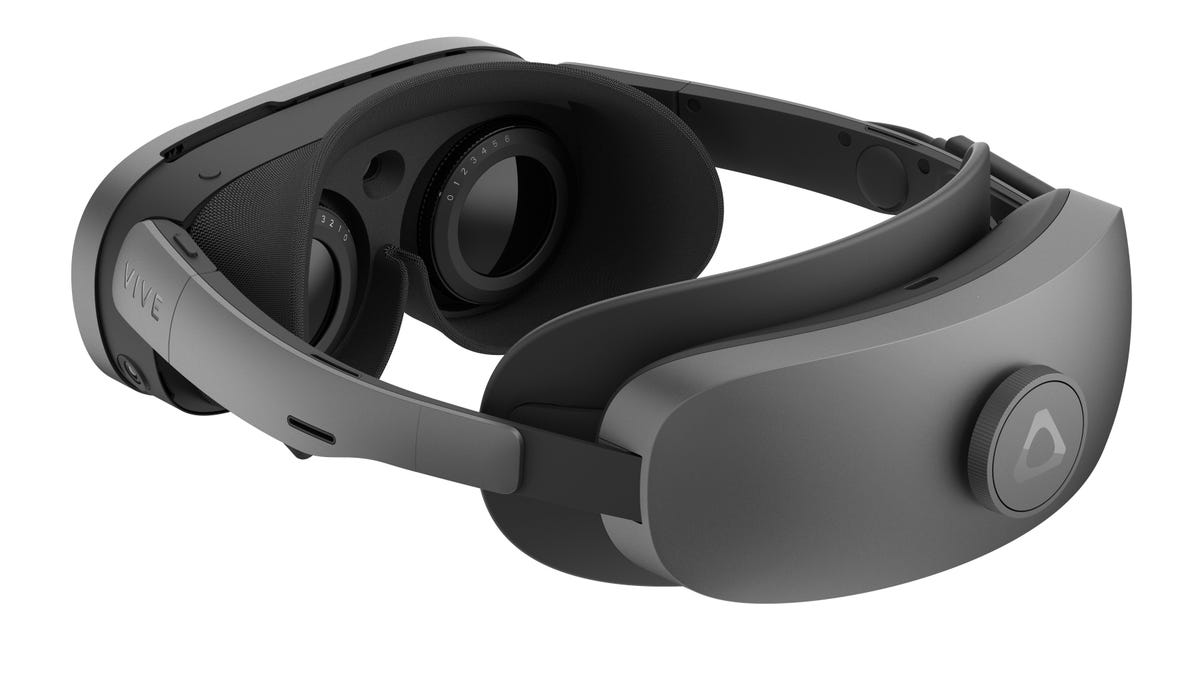
De headset werkt niet met een bril: in plaats daarvan heeft hij dioptrieregelaars voor het aanpassen van de sterktes aan de binnenkant.
HTC
Mijn zorg zijn de beperkte receptopties op dit moment. “Als we een bril krijgen die een stuk lichter is, is het waarschijnlijk dat mensen in de toekomst meer van hun recepten mee zullen nemen”, zegt O’Brien. “Wat we op dit moment kunnen doen, is proberen de meerderheid van de markt zo goed mogelijk aan te spreken met dit soort instellingen, omdat we de koptelefoon lichter moeten maken. We moeten ze comfortabeler maken. En als je’ We zullen die grote comfortzones voor de ogen in deze hoofdtelefoon krijgen, en het zal nog steeds erg groot zijn.”
O’Brien is van mening dat de meegeleverde VR-controllers op een dag optioneel kunnen worden, mogelijk buiten de doos gelaten en apart gekocht, maar nu nog niet. Handtracering is niet betrouwbaar genoeg. “Handtracering moet de komende twee of drie jaar enorme vooruitgang boeken voordat het echt meer wordt dan alleen een natuurlijke invoertool.” Maar O’Brien suggereert dat het een manier is om betaalbare koptelefoons van de toekomst te krijgen. Als de gebruiker de bril kan dragen en interactie heeft met de inhoud [with their hands]Dit wordt een veel goedkoper product.
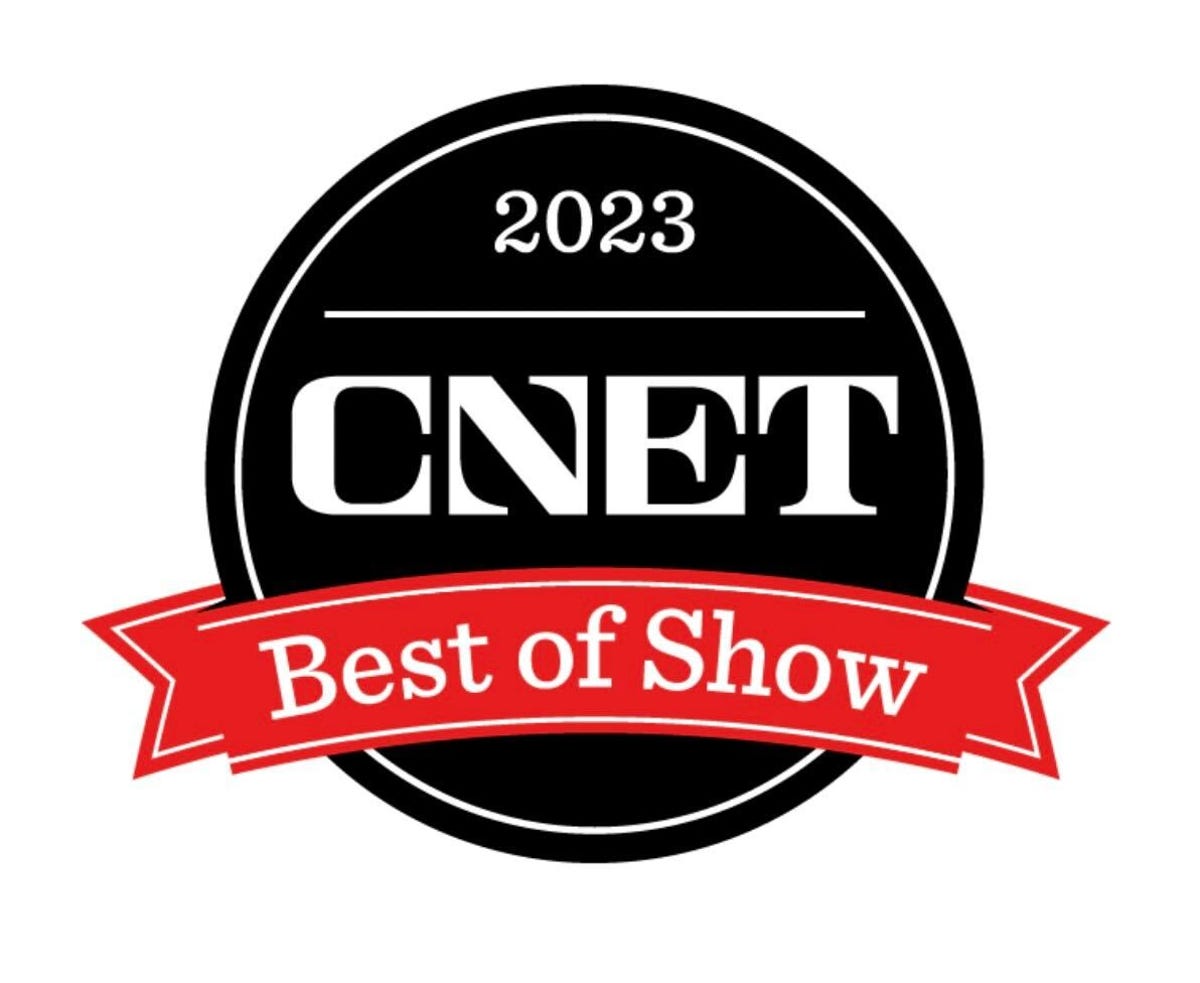
Dit product is uitgeroepen tot een van de beste producten van CES 2023. Bekijk de andere Winnaars van de Best of CES 2023-prijs.

“Gamedokter. Een zombiefanaat. Muziekstudio. Ninjacafé. Televisieliefhebber. Aardige fanatieke alcoholist.





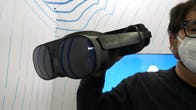
More Stories
AirPods Pro behoort tot de lijst met “beste uitvindingen” en laat zien dat Apple nog steeds indrukwekkend is
Ubisoft haalt zijn NFT-game zonder veel tamtam van de markt
Niets laat de telefoon oplichten in het donker